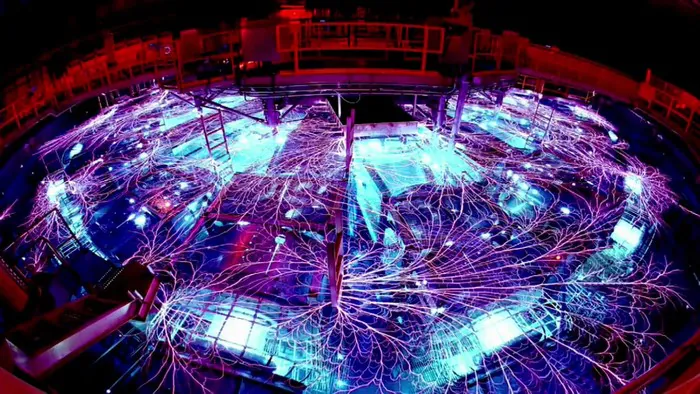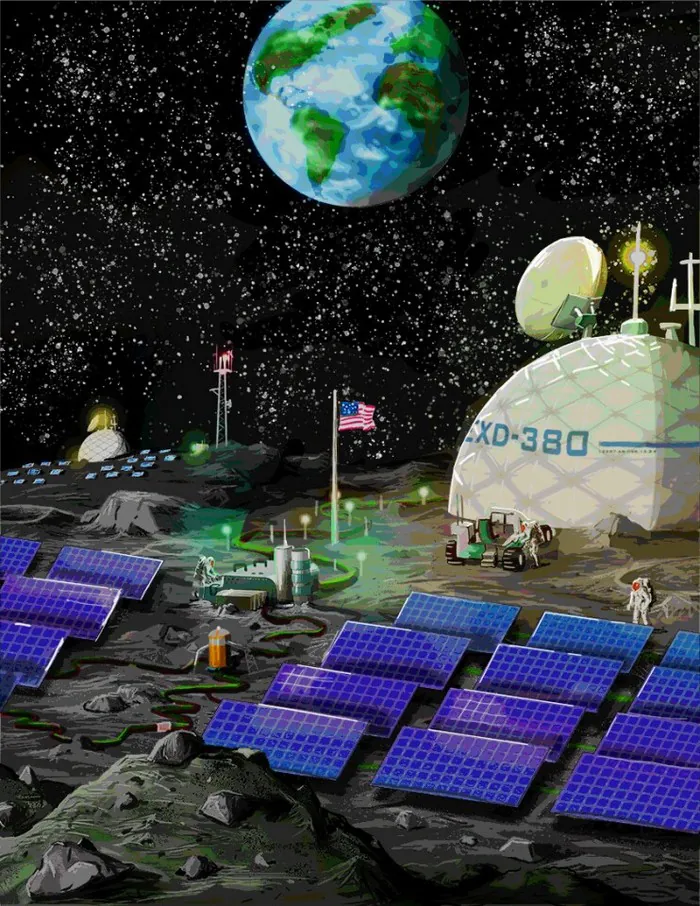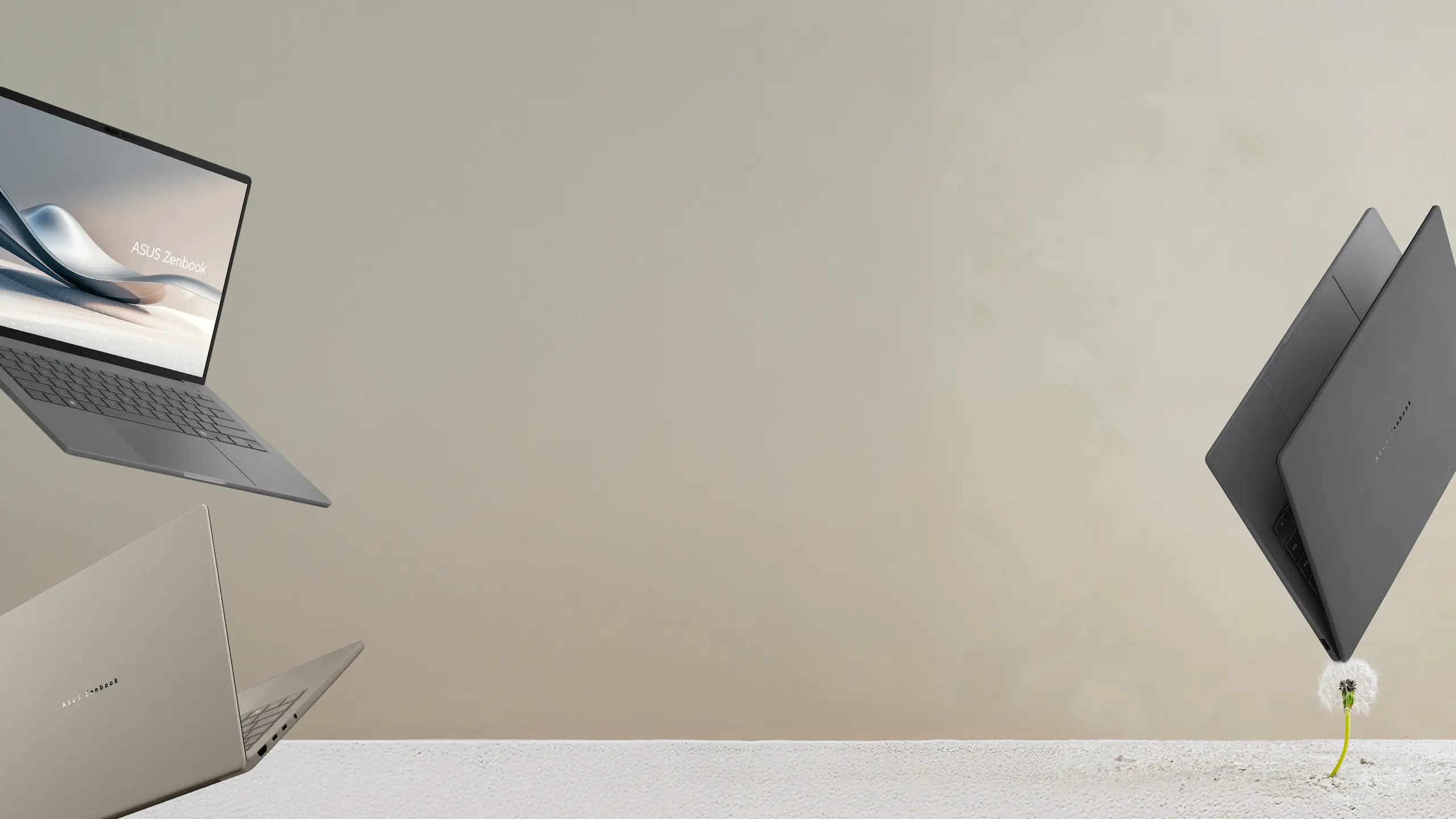© ROOT-NATION.com - Use of content is permitted with a backlink.
To keep the lights on at NASA’s Artemis lunar outpost, Sandia National Laboratories is developing electrical micro-grids to control the distribution of energy from the lunar nuclear mini-reactors to various residential and auxiliary facilities.
NASA’s desire to establish a permanent human presence on the moon as a rehearsal for a possible crewed mission to Mars poses enormous engineering challenges that make the construction of the International Space Station (ISS) look like the construction of a barn. Not only will the lunar base be a thousand times farther from Earth than the space lab, but it will also require a whole new approach to solving problems.
One of the biggest problems will be the supply of electricity to the outpost. As expected, astronauts will live at the base for up to two months, it will have to work during the 14-day moon night. This means that solar panels are not a practical option, so a series of small nuclear reactors are being developed that can be used with or instead of panels.

The base will need a micro-grid to transfer energy and ensure a regular and stable supply. As an additional complication, the base will consist of two objects. One will be the environment, and the other will be a complex for the extraction and processing of fuel, which will be located a few kilometers away.
The proposed micro-grids, one at each facility and connected to each other, will be similar to that used to power the ISS, but they need some fundamental changes. For example, you still have to decide whether the networks will run on DC or AC, which is then converted to DC in the environment.
Other issues include the development of systems and software to regulate electricity at the processing plant so that voltage levels remain unchanged even with changes in power demand on a time scale from milliseconds to whole seasons. For this, Sandia has developed a scalable micro-grid and management system design methodology to study the energy requirements and specifications of the lunar base.
The idea is to develop a downward design where the control system along with the energy storage specifications is developed first, and then components that meet those specifications must be developed. In addition, micro-grids must be redesigned for resilience, but at the same time be flexible enough for one network to interact with another.

“There are some very important differences between something like an ISS-type micro-grid to something that has the extent of a Moon base,” said Jack Flicker, a Sandia electrical engineer. “One of those differences is the geographic size, which can be problematic, especially when running at low DC voltages. Another is that when you start to extend these systems, there will be a lot more power electronics as well as a lot more distributed energy resources that will exist throughout the base. Sandia has been looking at micro-grids with a lot of distributed energy resources for quite a long time.”
You can also help Ukraine fight with Russian occupants via Savelife or via an official page of the National Bank of Ukraine.
Read also:



